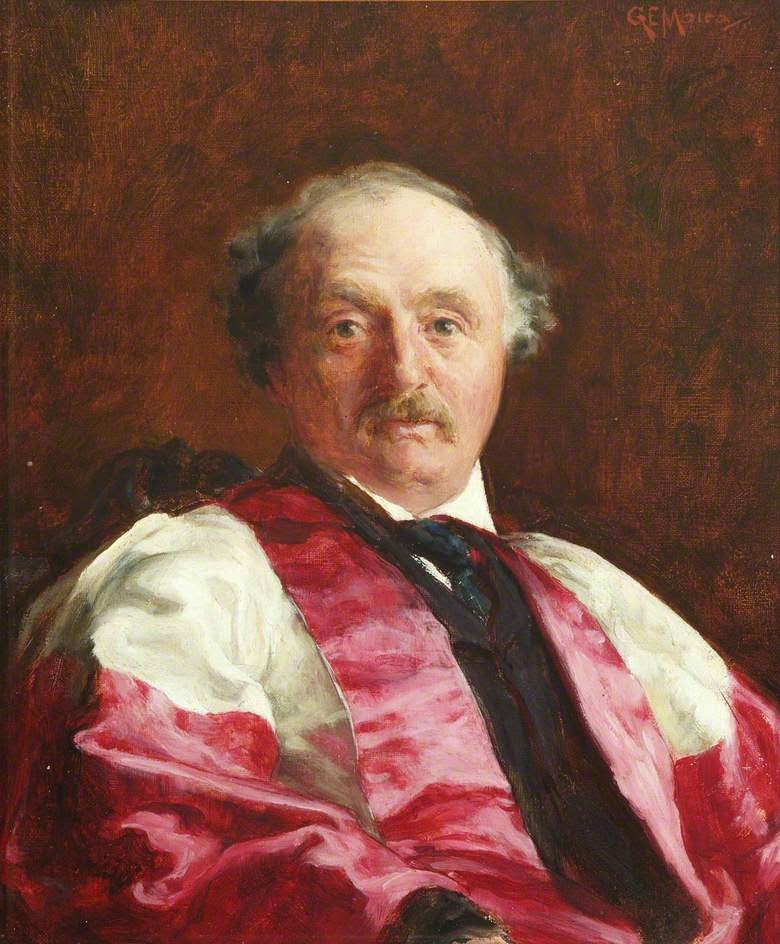Vocal Music
- By All Your Saints Still Striving – Joel Martinson (b. 1962)
Instrumental Music
- Improvisation I – George Oldroyd (1887–1956)
- Improvisation on “Sine Nomine” – Paul Manz (1919-2009)
Congregational Music (all hymns from the Hymnal 1982 with the exception of those marked
“R” which are from Renew.)
- Hymn 287 For All the Saints (SINE NOMINE)
- Hymn 293 I sing a song of the saints of God (GRAND ISLE)
- Hymn 297 Descend, O Spirit, Purging Flame (ERHALT UNS, HERR)
- Hymn 620 Jerusalem, my happy home (LAND OF REST)
- Hymn 656 Blest are the pure in heart (FRANCONIA)
- Hymn 618 Ye Watchers and Ye Holy Ones (LASST UNS ERFREUEN)
 |
| Joel Martinson |
Joel is Director of Music Ministries and Organist at The Episcopal Church of the Transfiguration in Dallas, Texas where he coordinates the vibrant musical life of the parish, the Transfigured Nights music series, and oversaw the installation of their new organ. As a composer, his music has been performed throughout the United States, in Great Britain and Europe, and on the continents of Africa and Asia. Nearly 100 of his works have been published.
This hymn was written to commemorate many of the different saints days in our calendar. Horatio Nelson first wrote the initial stanza and the concluding Doxological stanza for his 1864 collection Hymns for Saints Days and Other Hymns. Following the original publication, additional stanzas were contributed by friends and were revised by Nelson. In the same spirit of cooperation, the present form of the text was prepared for the 1982 Hymnal using additional texts of F. Bland Tucker and Jerry Godwin, making the hymn appropriate for eleven different saints days.
About our hymns:
Hymn 287 For All the Saints (SINE NOMINE) - Based on a picture of the "cloud of witnesses" (Hebrews 12:1), this hymn gives thanks for the saints of old, makes a prayer that we may be found faithful, and acknowledges the unity of the whole Church in heaven and on earth in the mystical body of Christ, a picture of the church in holy warfare, and a vision of the victorious Church. Vaughan Williams' magnificent marching tune makes this a contemporary version of "When the Saints Go Marching In!"
Hymn 293 I sing a song of the saints of God (GRAND ISLE) "Are there any saints alive today?" The children of Lesbia Scott often asked such questions, so she wrote this hymn for All Saints Sunday in 1929 to suggest that there are plenty of saints alive today in all walks of life, and that anyone can be a saint if we really work at it. The tune has just the light-hearted, joyful feeling to fit the charmingly simple and picturesque text.
Hymn 620 Jerusalem, my happy home (LAND OF REST) - Several different sources have been found for this text, but it seems to have been written by a Catholic priest Frances Baker around 1553, who based it on meditations by Augustine on the hoped for peace of Jerusalem, the old city of heaven where all will be be peace and joy. This hymn is popular among our church for its delightful early American folk tune, LAND OF REST.
Hymn 656 Blest are the pure in heart (FRANCONIA) John Keble wrote a collection of hymns for all the various seasons of the church year, and this one is the most famous. Based on the Beatitudes (Matthew 5;3), it originally had seventeen stanzas! Thank goodness our hymnal only uses four of those!
Hymn 618 Ye Watchers and Ye Holy Ones (LASST UNS ERFREUEN) Athelstan Riley (isn't that a great name?) wrote ths festive hymn, which we often sing at St. Michael and All Angels, for the first stanza names the nine order of angels who serve God. The "bearer of the eternal Word" in stanza two is the virgin Mary. We are singing it for All Saints Sunday because of stanza three, which adds in all the "souls in endless rest" who have arrived in heaven. While rehearsing this for Sunday, one of the kids in children's choir asked, "Don't we sing other words to this song?" The answer is yes, the most familiar being "All Creatures of our God and King."






